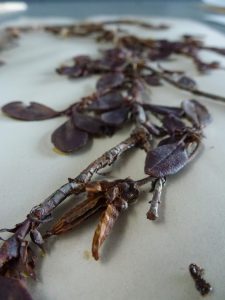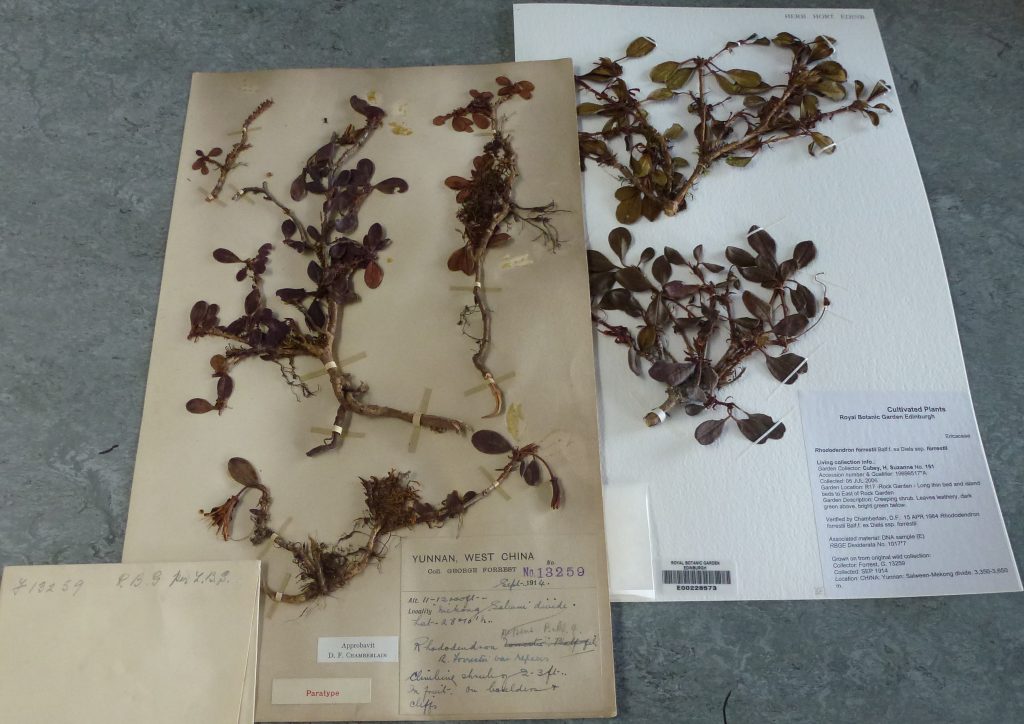In the Autumn of 1914, George Forrest was travelling in China. His letters written at the time mention the difficulties he was facing in getting permission to cross the river into the Mekong-Salwin divide. He also describes the difficult weather conditions. In August he wrote:
‘The whole country is under water, the hills and mountains bathed in dank mist, every 48 hours we have a thunderstorm of several hours’ duration by way of breaking the moist monotony! Most of the neighbouring provinces are worse off than we. Canton especially has suffered severely, nearly, or over one million people having lost their lives through the floods.’
This was only a few months after Britain had declared war on Germany and his letters show the early belief that the war would be over by Christmas:
‘Poor Germany cannot stand long against so many and such powerful enemies.’
A later letter, dated 30 September 1914, shows that he did, in fact, manage to cross the river and was collecting plants in the Mekong-Salwin divide and in this letter he describes some of the new collections and encloses small quantities of seed. One of the plants he collected at this time was Rhododendron forrestii, a species which had been named after Forrest by the German botanist, Friedrich Diels in 1912 from a specimen that Forrest had collected on his first expedition in 1905. It is likely that the seeds mentioned in the letter included this plant, whilst the herbarium specimen would have been sent back later.
The plant was grown on at RBGE in Edinburgh, where the collection is still growing in the Rock Garden. The flowers are displayed in the spring and are a vividly rich, waxy red. The collection is also important as it is one of the specimens drawn by Lilian Snelling, during her time working for Sir Isaac Bayley Balfour, Keeper of the Botanic Garden, and the drawing now forms part of the extensive botanical art collections within the RBGE Archives.
The specimens shown here are both the original collection made in 1914, as well as a later specimen which was made from the plant growing in the Rock Garden in 2006.


